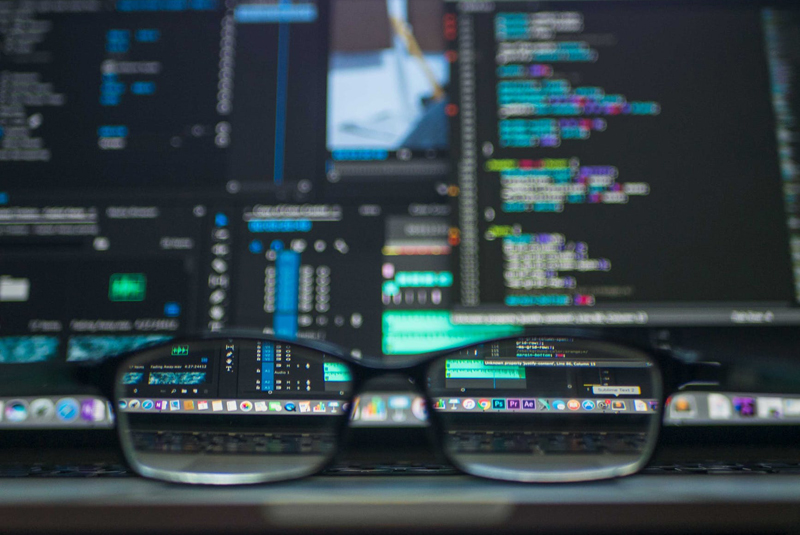Computer Memory Explained

This is the fourth article in the series on how computers work. For this article, the different types of memory that is used in a personal computer will be explored and detailed. There are several types of memory that used is used in a personal computer for different tasks. These are the basic types of memory:
RAM
ROM
Cache
Flash Memory
Virtual memory
BIOS
Each of type of memory serves a specific function in the operation of the personal computer. Every computer has RAM, ROM and BIOS types of memory. Though cache and virtual memory are optional, almost every computer utilizes this type of memory. The only type that is truly optional is flash memory.
RAM – Random Access Memory
RAM is most known type of memory for a computer. When someone is referring to how much memory is in their computer they are referring to RAM. The RAM is either connected to the motherboard by a socket connection or integrated directly on the board. Every computer comes with some amount of RAM that usually can be increased by the user. In general, the more RAM on a computer the better the performance.
ROM – Read Only Memory
ROM is memory contained in a computer that is not easily modified and is usually used to store the initial program or information that a computer needs to run before the operating system is loaded.
Cache
The cache in the computer is used a temporary holding space for frequently accessed data so it can be accessed quicker. Cache is usually stored as small files on the hard drive for easy access later.
Flash Memory
Flash memory is a type of computer memory that can be erased and then programmed again. This type of memory is used in flash drives and memory cards.
Virtual Memory
Virtual memory is used as additional memory for programs and the operating system when the system runs out of RAM. If the RAM is full, the system will take a section of the RAM that is not being used and store it on the hard drive thus creating virtual memory. This operation occurs automatically without any interaction from the user. The downside of virtual memory is that it can have an impact on the performance of the system since the computer needs to access the hard drive more frequently.
BIOS – Basic Input/Output System
The BIOS is a firmware program that is executed when the computer is first turned on. The responsibility of the BIOS is to initialize components of the system to prepare for the loading of the operating system and programs. Some of the components include processors, memory, graphics cards, PCI device and the system clock.
You Should Also Read:
Components of a Personal Computer
Computer Microprocessor CPU Explained
Computer Storage Devices Explained

Related Articles
Editor's Picks Articles
Top Ten Articles
Previous Features
Site Map
Content copyright © 2023 by Allison Nunn. All rights reserved.
This content was written by Allison Nunn. If you wish to use this content in any manner, you need written permission. Contact Allison Nunn for details.


